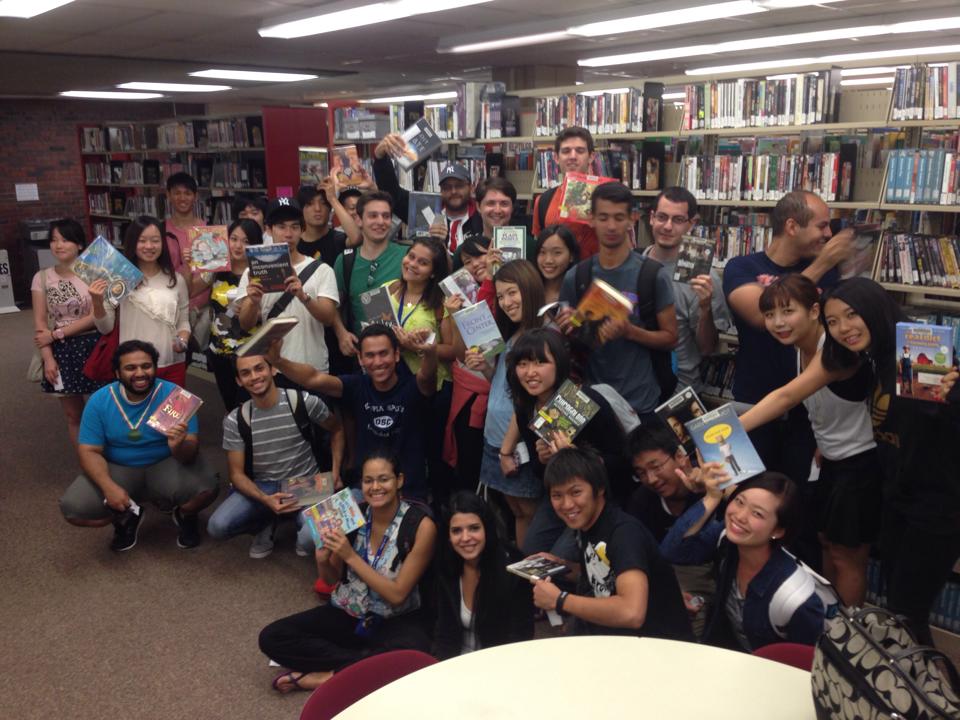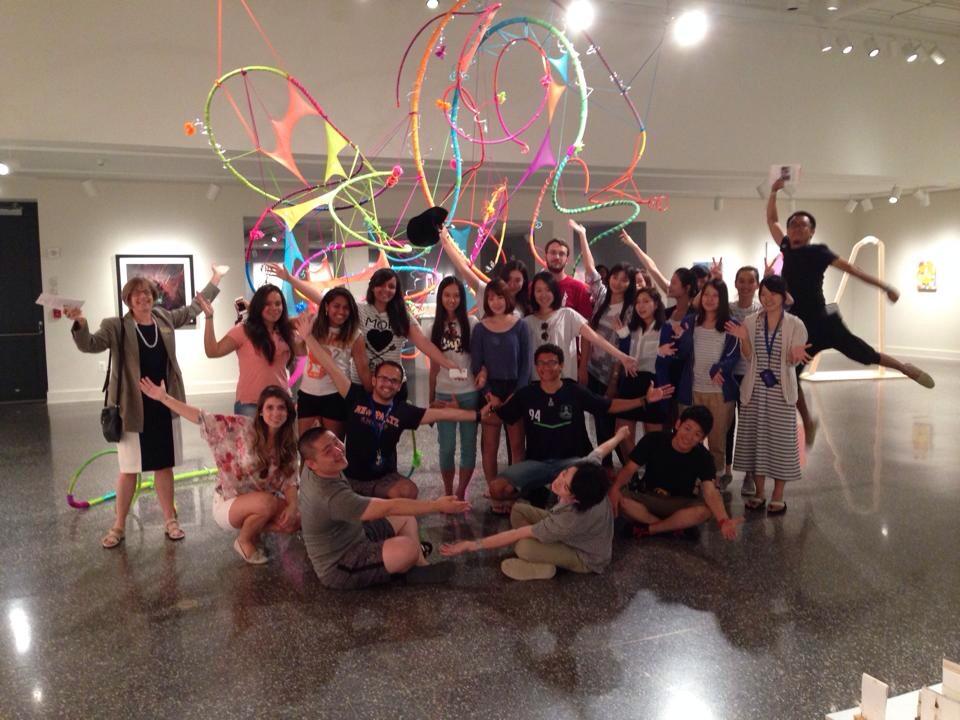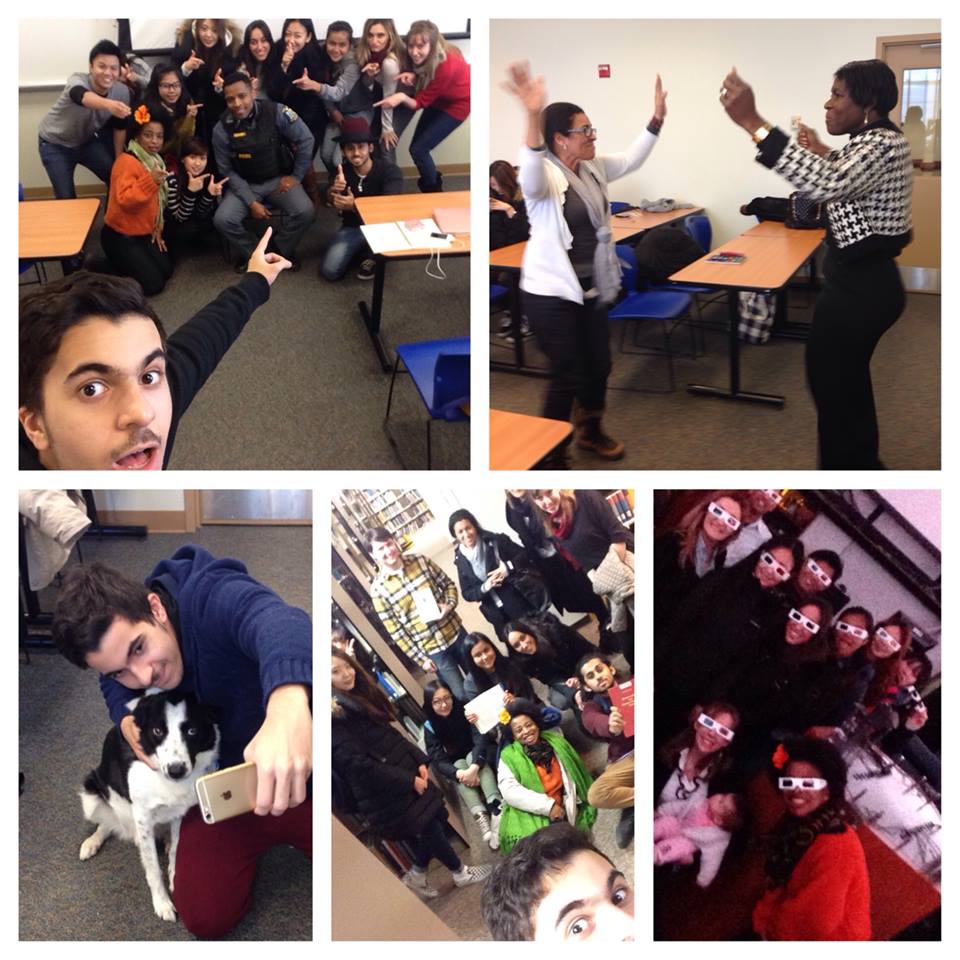|
Orientation at a university can be overwhelming for students,
and if these students come from a foreign country and test into ESL
classes, much of the information from orientation might be missed. In
order to fill in this gap, all new ESL students at the State University
of New York (SUNY) at New Paltz are enrolled in a 3-week intensive
one-credit course, Orientation to Campus Resources.
The course, among other courses that students are enrolled in as part of
an intensive English language program, is scheduled Monday through
Friday for a 90-minute block.
The purpose is to provide a detailed introduction to the
university and life in the United States. Each lesson covers a new
topic, and includes discussions related to these topics about cultural
differences between the United States and the students’ home
countries.
Classes are led mostly by guest speakers and facilitated by the
ESL teacher. A few of the sessions are held outside of the classroom
and include visits to the library, planetarium, and the Athletic
& Wellness Center.
Topics include:
- Immigration information
- Student clubs and organizations
- Athletics & Wellness Center
- Campus police, laws, and campus safety
- Campus computing
- Health Center
- Residence life, living off campus
- American Conversation Partners Program
- Off-campus resources, public transportation
- Museum
- Planetarium
- Psychological Counseling Center
- Classroom culture, plagiarism, and other academic policies
- Culture shock
If you are interested in adapting an orientation course to your program, consider the following as a guide.
Timing
As you prepare the schedule, be aware that the course ends at
the close of the third week of classes, an unusual time to end. As a
result, after the course there is an empty time slot in the students’
schedule. Replace this with a TOEFL preparation course or a special
topics class that meets until the end of the semester.
Guest Speakers
Prepare the schedule of guest speakers at least 1 month before
the start of the semester. Choose speakers who are friendly and enjoy
meeting new students.
Inform each speaker on the topics to be discussed and the needs
of the students. For example, a psychologist from the Counseling Center
should talk about culture shock, how that can affect one’s mental
condition, and how to address the issue of homesickness.
Ask each speaker to use simplified language, if possible, and
to repeat or give further explanation if the students seem confused. You
may decide to guide speakers during their presentations by asking
questions to elicit further information, particularly about vocabulary
or topics about which the students may have a cultural misunderstanding.
If the presentation is in the classroom, it is helpful if you summarize
the main points of the presentation on the board as the guest speaker
is talking. You will be the translator to simple English. Usually, the
guest speakers are patient with the ELLs’ needs for this type of
assistance.
Give students opportunities to ask questions or participate in
discussions. After the speaker leaves, review the main points of the
lesson by eliciting the information from the students.
Assessment and Concluding the Course
A letter grade is given based on attendance (75%),
participation (15%), and tests that cover basic information from the
lessons (10%). This grading system was designed to not disadvantage
students who have very limited English. They should feel encouraged to
come to class to meet new people and participate to their best ability.
Finally, elicit written student feedback at the conclusion of
the course in order to make adjustments for future classes. Each
university is different and it might take some time to develop a perfect
list of topics to meet the needs of your students. Good luck!



Sarah Elia is a lecturer in the Haggerty English
Language Program at the State University of New York (SUNY) at New
Paltz. She has a BA in music from Bard College and an MS in TESOL from
SUNY New Paltz. | 
